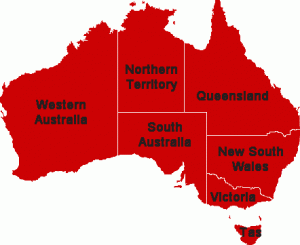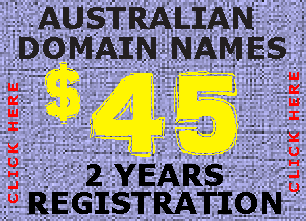 Victoria is a state of Australia, located in the south-east of the country. Geographically the smallest mainland state, Victoria is bordered by New South Wales, South Australia, and Tasmania on Boundary Islet to the north, west and south respectively.
Victoria is a state of Australia, located in the south-east of the country. Geographically the smallest mainland state, Victoria is bordered by New South Wales, South Australia, and Tasmania on Boundary Islet to the north, west and south respectively.
Victoria is Australia’s most densely populated state, and has a highly centralised population, with almost 75% of Victorians living in Melbourne, the state capital and largest city.
Victoria, like Queensland, was named after Queen Victoria, the monarch at the time. After the founding of the colony of New South Wales in 1788, Australia was divided into an eastern half named New South Wales and a western half named New Holland, under the administration of the colonial government in Sydney.
The first European settlement in the area later known as Victoria was established in October 1803 under Lieutenant-Governor David Collins at Sullivan Bay, Victoria on Port Phillip. It consisted of 308 convicts, 51 marines, 17 free settlers, 12 civil officers, a missionary and his wife. They had been sent from England in HMS Calcutta under the command of Captain Daniel Woodriff, principally out of fear that the French, who had been exploring the area, might establish their own settlement and thereby challenge British rights to the continent.
Victoria’s next settlement was at Portland, on the west coast of what is now Victoria. Edward Henty settled Portland Bay in 1834. Shortly after arriving from Tasmania in December 1834, Henty (aged 24 yrs) set off for thickly-populated country inland from Portland, with resident whalers, an Aboriginal woman abducted by one of them and 14 hunting dogs (a cross between greyhound and wolfhound}. On spotting a single Aboriginal man, the men set the dogs on him.
Melbourne was founded in 1835 by John Batman. From settlement the region around Melbourne was known as the Port Phillip District, a separately administered part of New South Wales.
Melbourne, the state capital, is home to more than seven in ten Victorians. The 2006 Australian census reported that Victoria had 4,932,422 people resident at the time of the census, an increase of 6.2% on the 1996 figure.
The Australian Bureau of Statistics estimates that in June 2010 the state’s population reached 5,547,500, an increase of 1.8% from the previous year and may well reach 7.2 million by 2050.
Victoria’s founding Anglo-Celtic population has been supplemented by successive waves of migrants from southern and eastern Europe, Southeast Asia and, most recently, the Horn of Africa and the Middle East. Victoria’s population is ageing in proportion with the average of the remainder of the Australian population.
About 72% of Victorians are Australian-born. This figure falls to around 66% in Melbourne but rises to higher than 95% in some rural areas in the north west of the state. Around two-thirds of Victorians claim Australian, Scottish, English or Irish ancestry. Less than 1% of Victorians identify themselves as Aboriginal. The largest groups of people born outside Australia came from the British Isles, China, Italy, Vietnam, Greece and New Zealand.
More than 70% of Victorians live in Melbourne, located in the state’s south. The greater Melbourne metropolitan area is home to an estimated 3.9 million people. Leading urban centres include Geelong, Ballarat, Bendigo, Shepparton, Mildura, Warrnambool, Wodonga and the Latrobe Valley.
Content from this page is drawn from Here.

